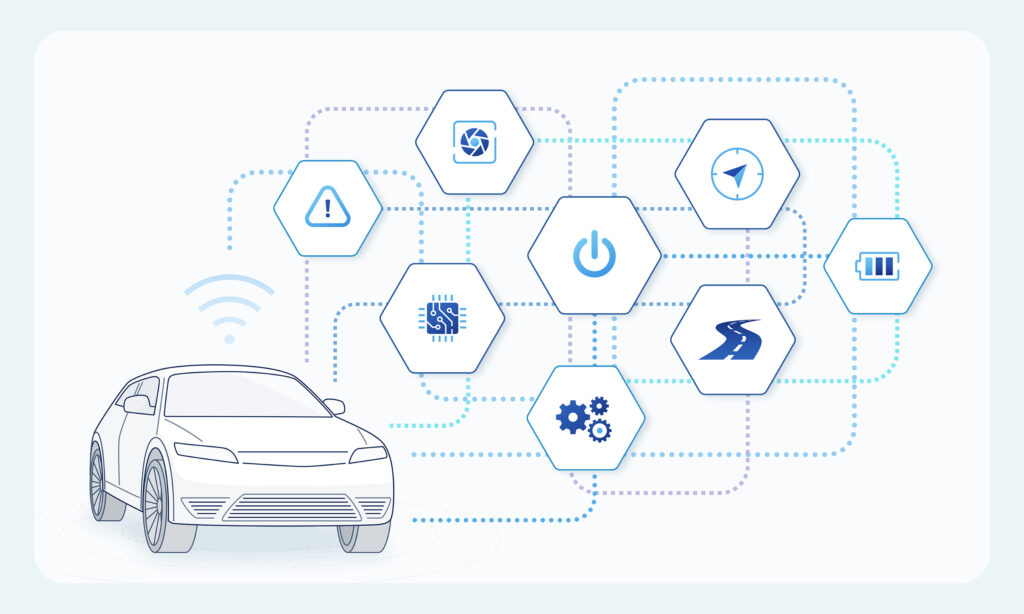Telematics allows fleet operators to get a bird’s eye view of vehicle movements, driver habits, energy usage and more to maximize a fleet’s productivity and reduce costs. While the technology can be helpful for any fleet, it is mission-critical for EVs because it lets you track an EV’s state of charge and remaining range. That data can be used to optimize performance.
Telematics is a software tracking system used by fleet managers to track fleet cars, trucks, and other equipment using GPS technology and on-board diagnostics, often with a tracking device plugged into a vehicle’s on-board diagnostics port.
How telematics can help fleet operators

- Driver behaviour
Telematics systems can track whether a driver has been speeding, accelerating too quickly, not following a route and more. This allows a fleet manager to understand why a vehicle may run short of its range estimate and learn how to coach a driver into better driver habits and improved efficiency. - Charge scheduling
Let’s say out of 12 EVs that are parked at your depot, six need to be on the road by 9 a.m., and three have less than 20 per cent of their available range remaining. Some telematics systems can communicate with your charging software to identify which vehicles need priority for charging, ensuring they charge at times that access the lowest rates and help manage pre-conditioning. - Security and geofencing
When you use telematics, you’ll always know where every one of your vehicles is located. And if you want to restrict a vehicle’s movements, you can set up a virtual geofence so that you’re notified if it leaves a geographic area set by you.
For those switching to EVs, many telematics systems can track greenhouse gas emission reductions and money being saved.
- Service scheduling
As fleet manager, you can be notified in advance when a vehicle is due for service, such as a tire rotation. Drivers can add their own notes so that you’re notified right away of issues that need attention. - Charging notifications
A telematics system can track whether a vehicle is plugged in and charging, and it can notify a driver or fleet manager if an expected charging session is skipped. - Reimbursement of charging cost
Telematics systems designed for EVs can also track home or public charging station usage and automate payments and reimbursement.
Next: Find out how a telematics system can help unlock better productivity and efficiency for your fleet.
Reproduction of any or all of this material is strictly prohibited without permission. Please contact fleets@electricautonomy.ca for inquiries. Copyright © 2025 – Electric Autonomy Canada – ArcAscent Inc. – All Rights Reserved
Want to learn more? Sign up or log in so you can track your progress, earn a course certificate and receive exclusive invitations to our live learning sessions.